- Details

The engine of economic growth is innovation. By harnessing the power of science and technology, the Department of Science and Technology (DOST) has embarked on an ambitious project, but nonetheless a very crucial move if the country is to join the ranks of other fast-developing countries towards the Fourth Industrial Revolution.
Read more: DOST Region II spearheads first Ph Smarter City Belt project
- Details

“Let’s think of pandemics and even localized epidemics as disasters for which we need preparedness and mitigation strategies.”
Read more: Treat pandemic as disaster that needs preparedness, scientist says
- Details
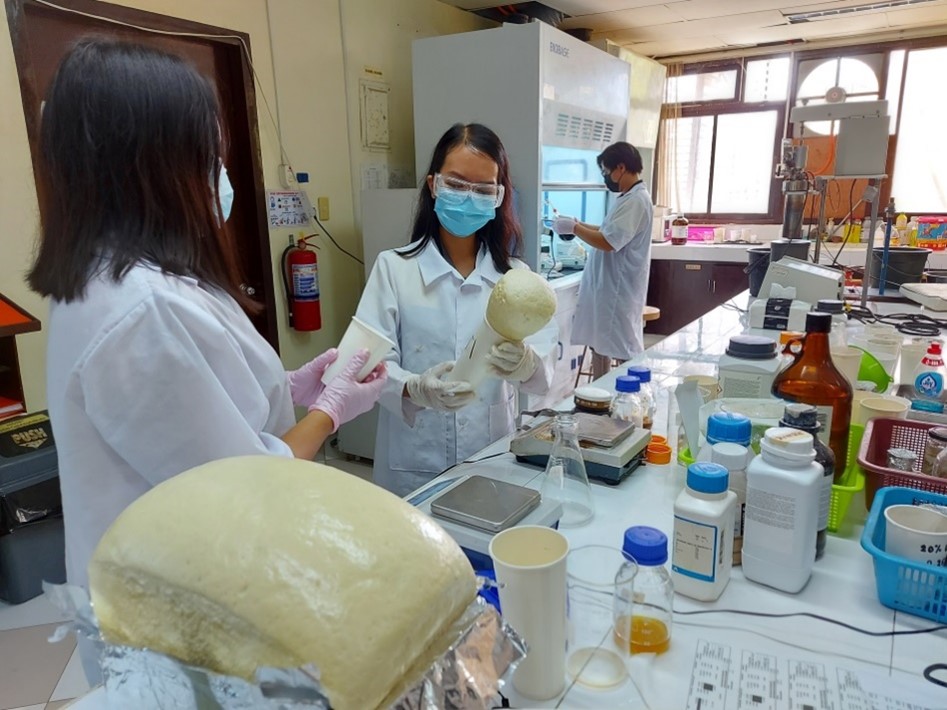
Researchers from the Mindanao State University-Iligan Institute of Technology (MSU-IIT) were able to convert plant-based raw materials and their waste by-products into valuable and renewable polyols and polyurethanes (PU) that can be used for the commercial production of coatings, insulation, and packing foam materials.

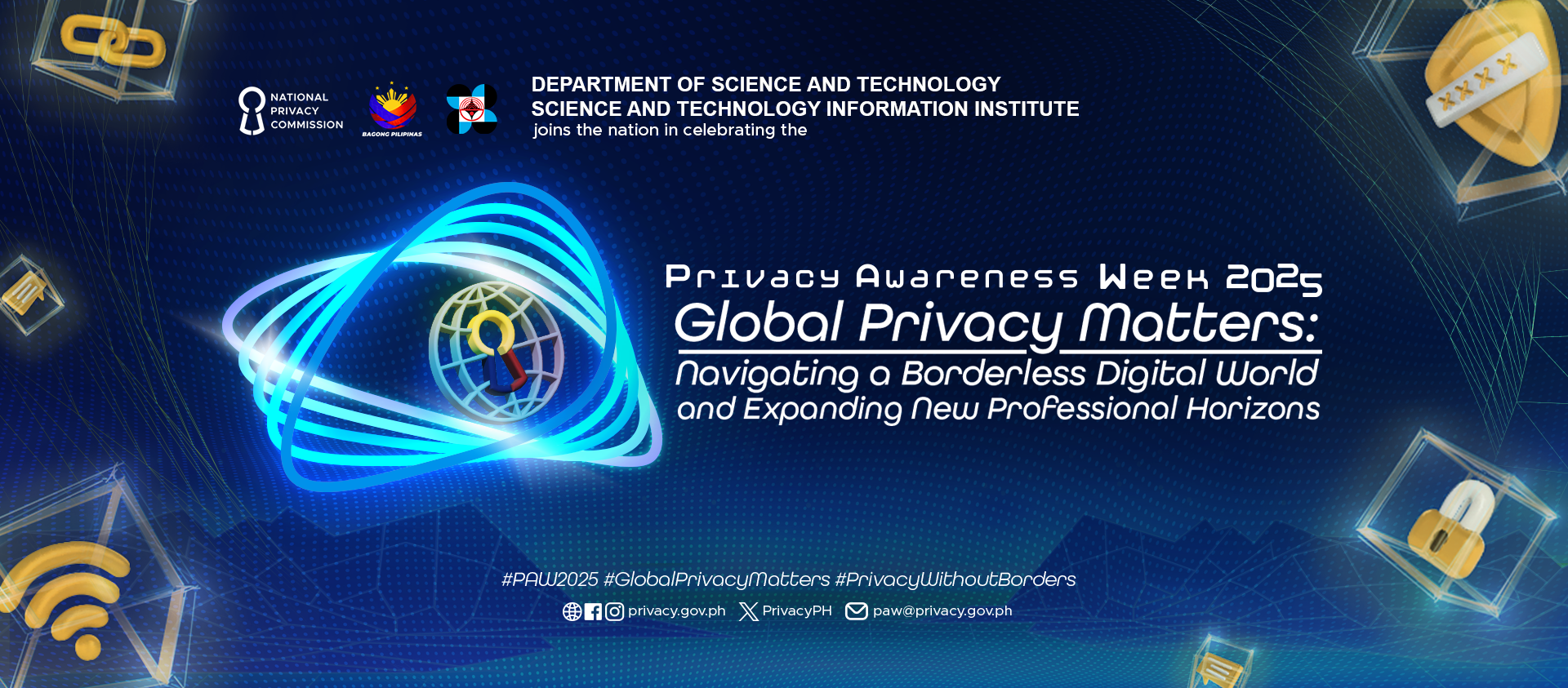
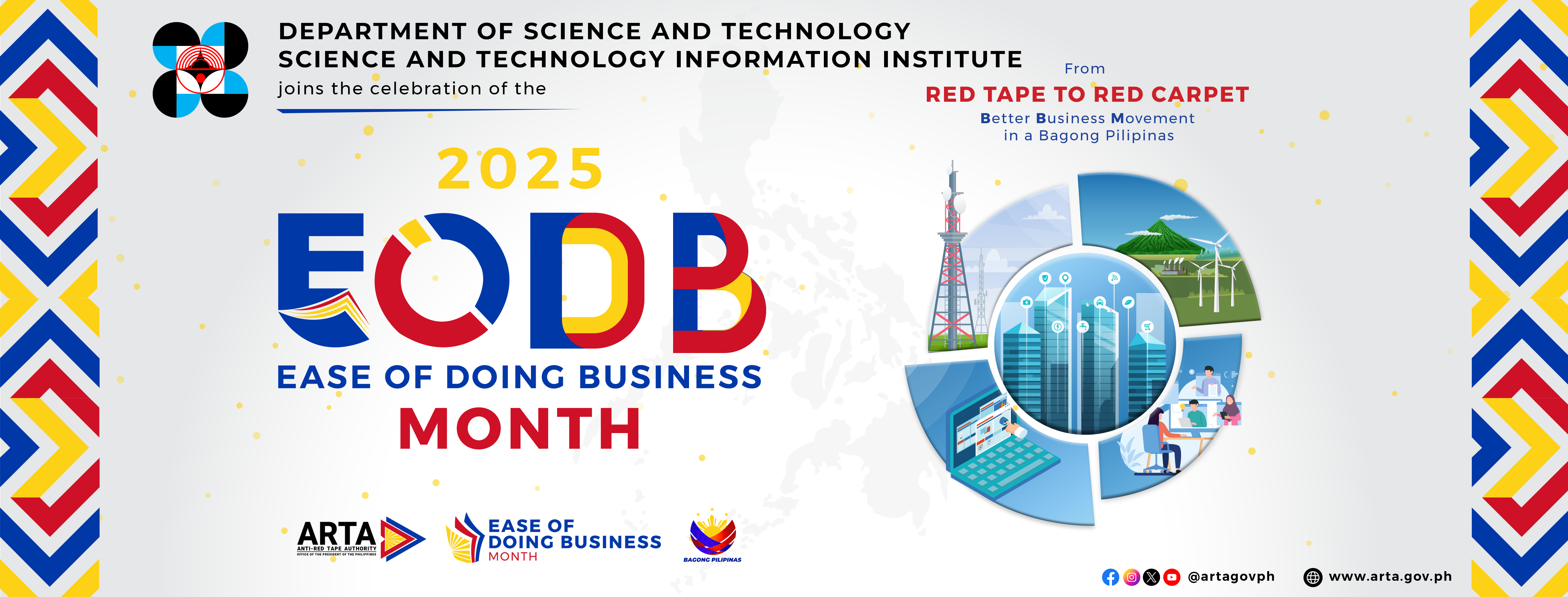
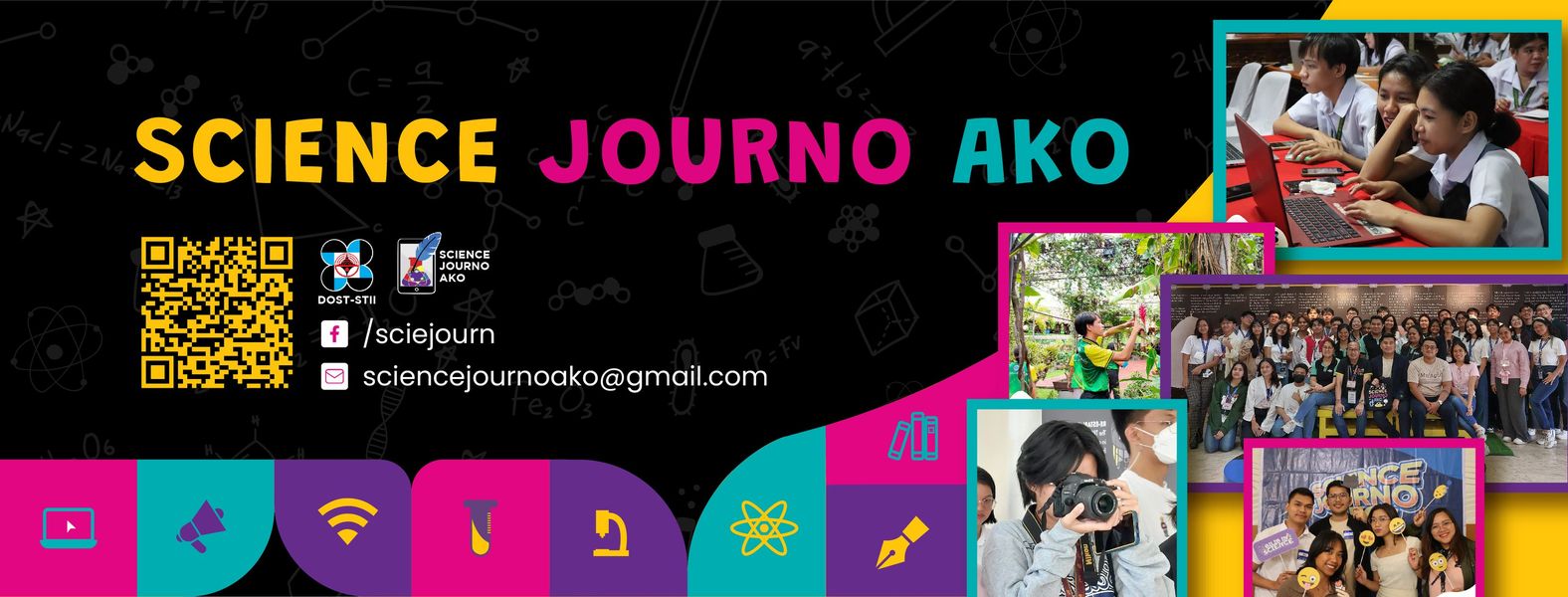

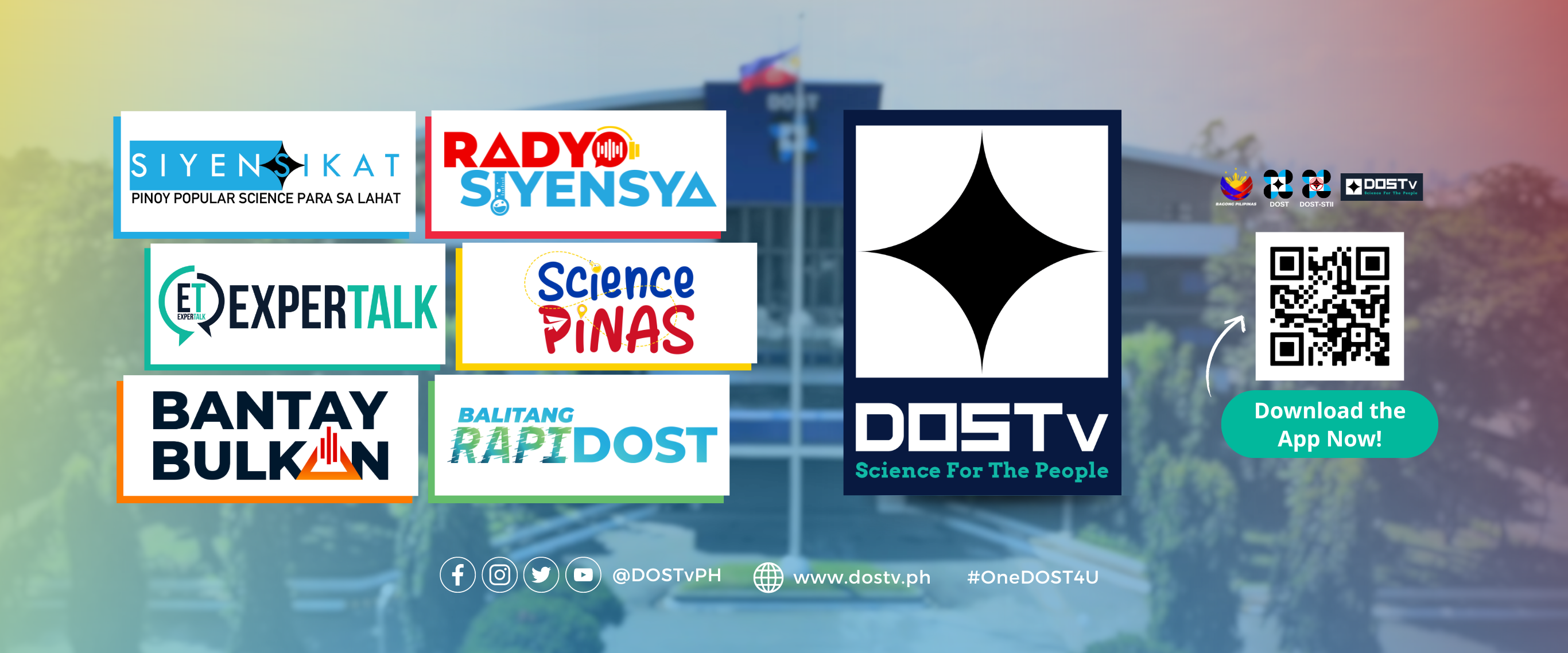

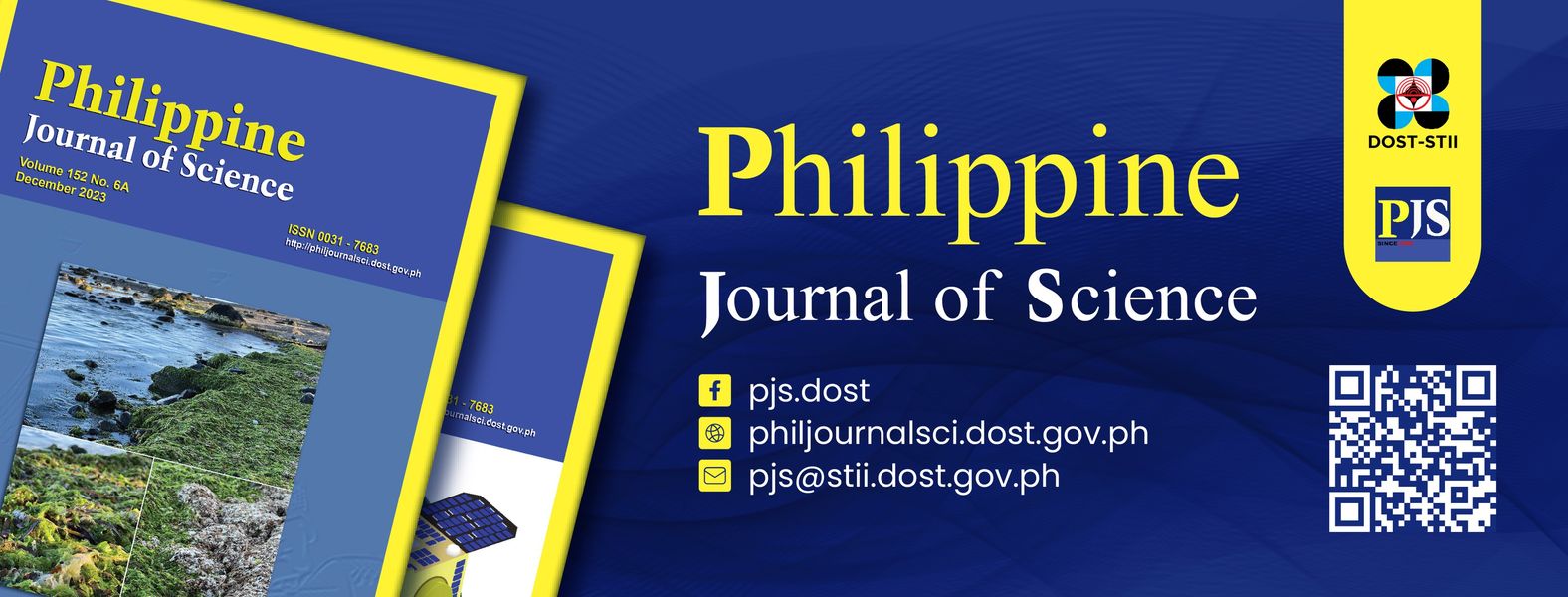










 21 in 2021 Technology Catalogue
21 in 2021 Technology Catalogue 21 in 2021 Technology Catalogue
21 in 2021 Technology Catalogue DOST Innovations - Web and Mobile Applications for Disaster Risk Reduction and Management
DOST Innovations - Web and Mobile Applications for Disaster Risk Reduction and Management